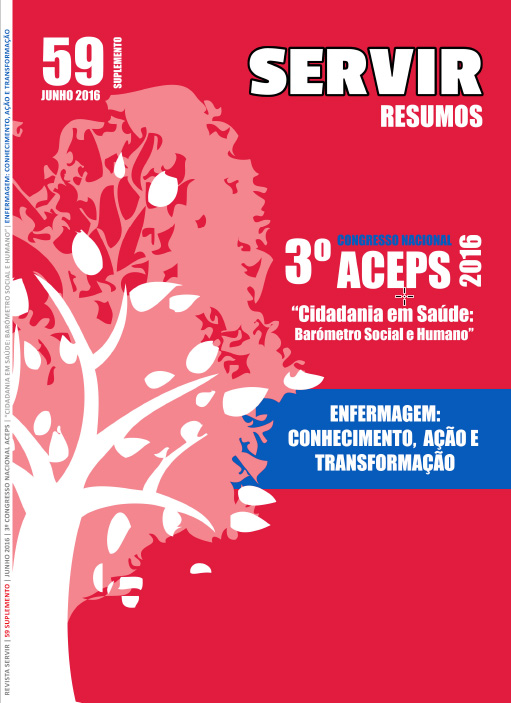Palliative care at home
a national priority -an integrative review study
DOI:
https://doi.org/10.48492/servir0259.23101Palabras clave:
Palliative care, Home, TeamsResumen
Introduction
The increase of longevity and consequently the growth of fragility and vulnerability due to the prevalence of chronic diseases, which shortens life, and the changing of the social profile had created new concerns about the planning and the support in life’s end cycle. For that it is necessary to train professionals and create specialized community teams in palliative care teams.
Objectives
To demonstrate the need to enlarge a home-based palliative care system to meet the needs and the preferences of patients.
Methods
Integrative literature in databases: ISI Web of Knowledge, EBSCO, PubMed and B-on with the descriptors “Palliative Care”, “Home Care”, “End-of-life”, “Preferences”, “Adults”. The inclusion criteria included all the English-language articles in full-text with abstracts and available references. They were analyzed by experts between 2006 and 2016.
Results
Evidence shows that from the 22 articles studied, most patients prefer to stay, to be treated and to die at home (50.3%) but in terms of home-based palliative care assistance, there is a national asymmetry concerned with the availability and the equity of these teams. Currently there are 18 public community teams, with a 17.5% coverage ratio, with higher incidence in Beja and Bragança. The national ratio is of 0.2 teams per 100 000 inhabitants and only one team has availability to work during 24 hours, while the guidelines issued by European Association for palliative care sponsors the need of 1 team to ensure home-based palliative care per 100,000 inhabitants-24h /d
Conclusions
The development of home-based palliative care teams is a priority to provide effective care at the final stage of life, respecting the preferences of the population, allowing people with advanced and incurable diseases to remain and die at home, assuring them the best quality of life and to be attended by specialized teams and their families.
Descargas
Descargas
Publicado
Cómo citar
Número
Sección
Licencia
No intuito de promover a livre circulação do conhecimento, a Servir funciona em regime de acesso livre (open access). Todo o seu conteúdo está disponível e protegido sob a licença Creative Commons (CC BY 4.0).
A revista permite o auto-arquivo em repositórios institucionais de todas as versões, podendo ficar imediatamente disponíveis.


